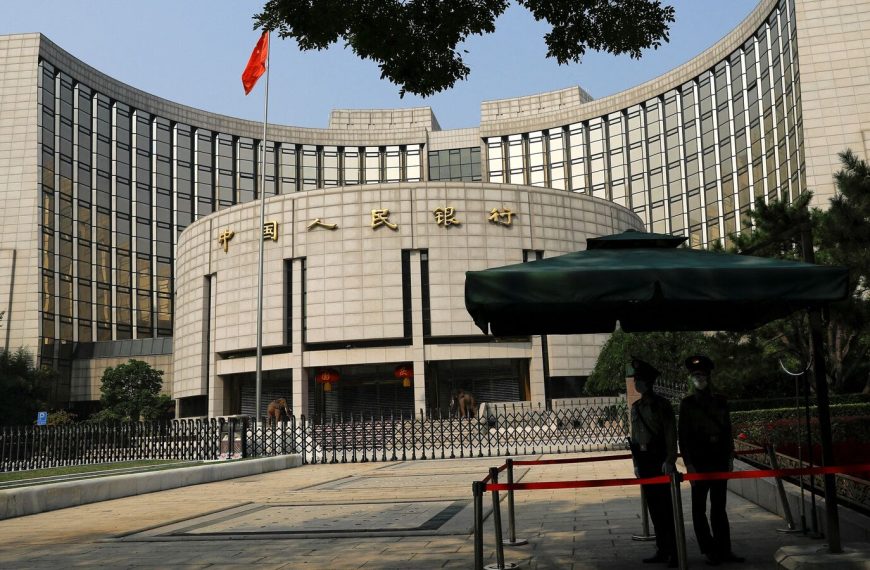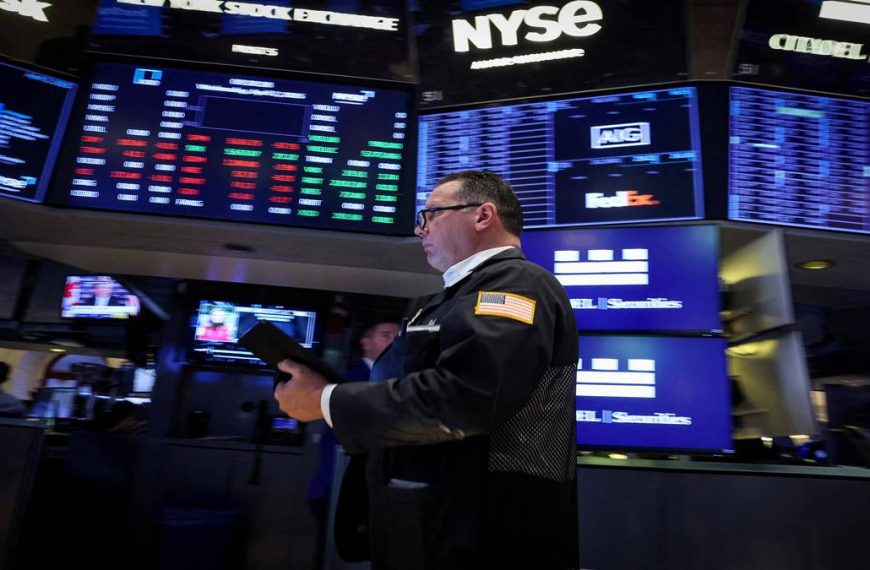Shares of Tata Motors faced a notable decline of nearly 3% on Thursday, triggered by the impending imposition of new tariffs on foreign automobiles as announced by the Trump administration in March. Effective from midnight on April 3, these tariff hikes will apply to various imported vehicles and auto parts, raising concerns among investors in the automotive sector.
Impact of the Tariff Hike on Automotive Stocks
According to a recent announcement from the White House, certain imported steel and aluminum products, including automobiles and auto parts, will be affected by these tariffs. Although the tariff on auto parts is set to be enforced no later than May 3, 2025, the immediate implications are already being felt in the stock market. The tariffs will encompass a range of vehicles, including sedans, SUVs, and even critical auto components like engines and transmissions.
- Tata Motors, the parent company of Jaguar Land Rover (JLR), saw its shares drop to ₹654.50 on the BSE, marking a 2.58% decline.
- JLR, which heavily relies on the U.S. market—accounting for nearly one-third of its sales in 2024—is particularly vulnerable to these changes. Approximately 23% of JLR’s sales, totaling over 400,000 units in FY24, were directed towards the U.S. market, all sourced from its manufacturing facilities in the UK.
Broader Market Reactions
The tariff announcements have had a ripple effect across the automotive sector. Other companies such as Bharat Forge experienced a 4.6% drop, trading at ₹1,099.40, while Balkrishna Industries and Sona BLW Precision Forgings saw declines of 4.3% and 3.6%, respectively. Additional major players like Bajaj Auto, TVS Motor Co, and Mahindra & Mahindra also recorded losses ranging from 1.4% to 2.87%.
- BSE Sensex closed down by 300.98 points, a 0.39% dip, reflecting broader market anxieties about the automotive industry.
The U.S.-India Trade Dynamics
The implications of these tariffs extend beyond immediate stock prices. In FY24, India’s auto components exports to the U.S. reached USD 6.79 billion, while imports totaled USD 1.4 billion. The primary exports included engine components and transmissions, critical to the automotive supply chain.
Arun Agarwal, VP of Fundamental Research at Kotak Securities, pointed out that the new tariffs could squeeze profit margins for automotive suppliers, compelling them to absorb some of the rising costs. The actual impact on Indian automobile players will largely depend on the outcomes of upcoming U.S.-India trade negotiations.
In conclusion, as the automotive industry navigates through these tariff challenges, stakeholders will need to keep a close watch on evolving trade relations and market dynamics. The coming months will be critical for assessing the full scope of the tariffs’ effects on both domestic and international markets.











